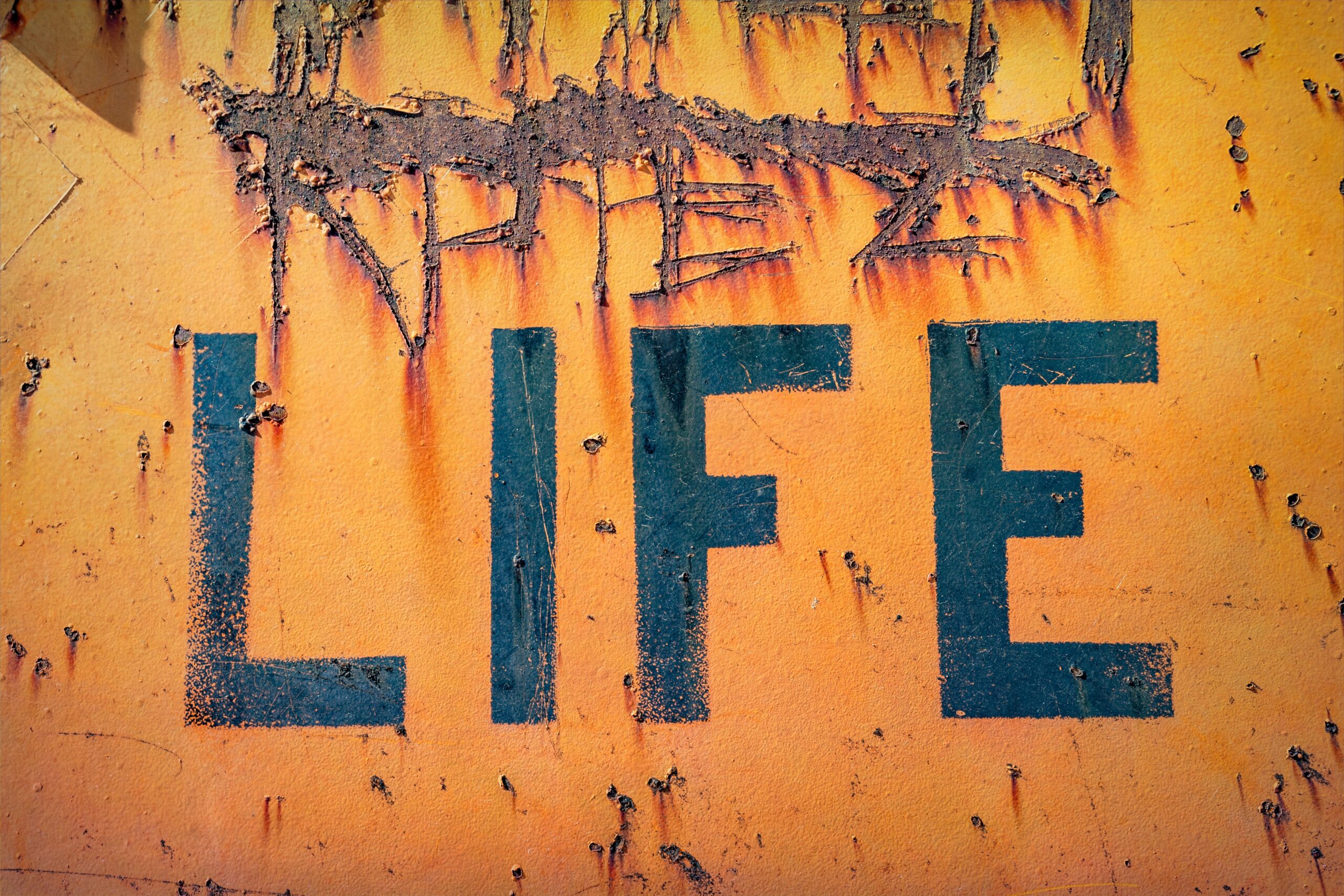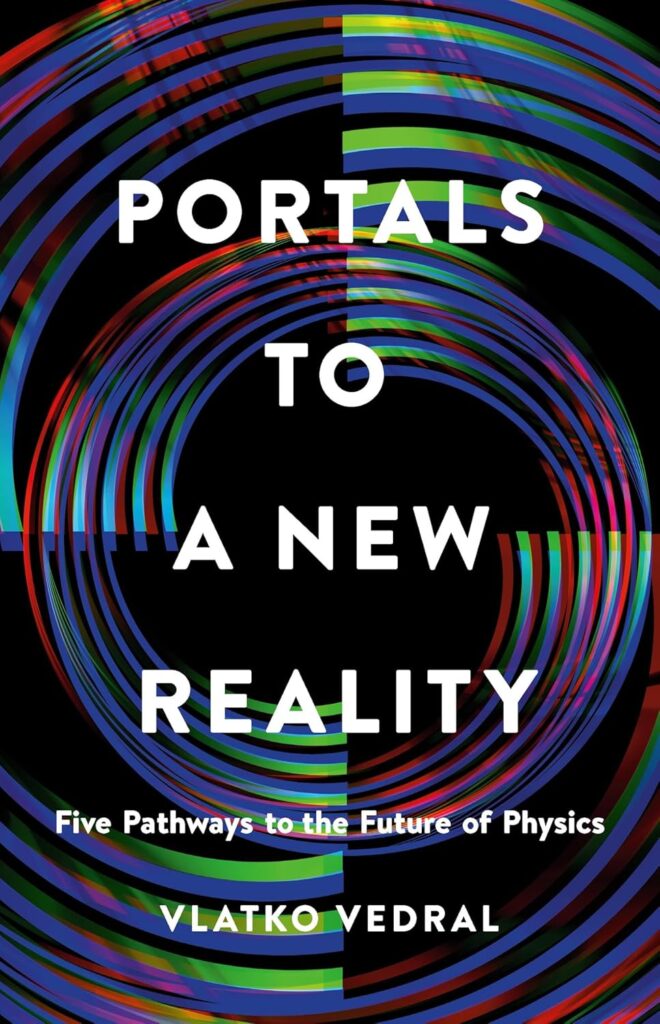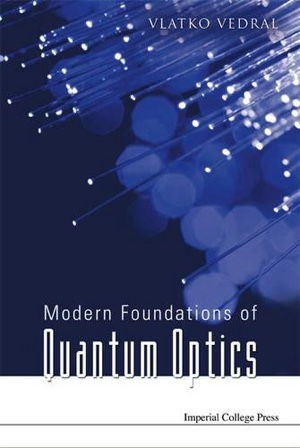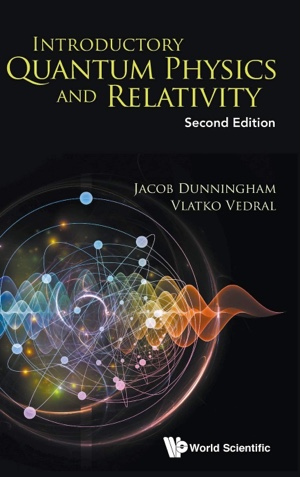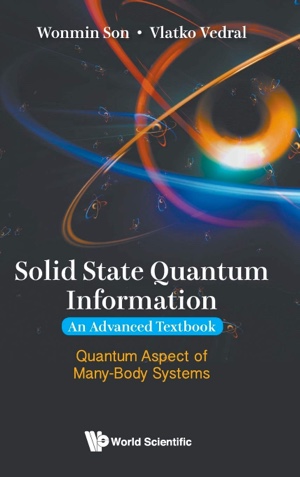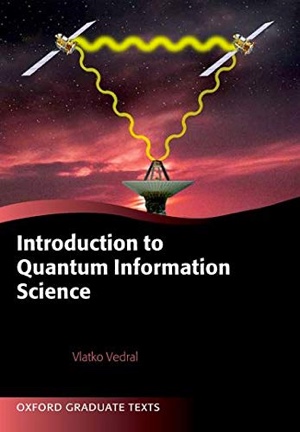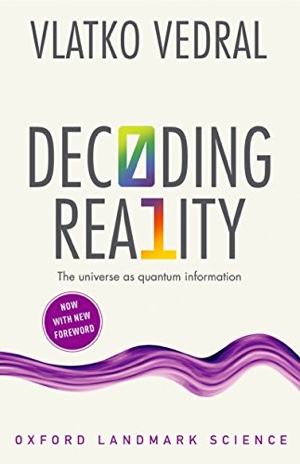What is life?
I know of at least three books with this title. The most famous one is, of course, by Erwin Schrödinger. If you haven’t read it, I really recommend it highly. It’s difficult to overstate its importance. It is full of fantastic insights into both physics and biology, although it was written before the discovery of the DNA, so clearly very outdated as far as some bits of biology. Then there is the book by Ady Pross, as well as the latest one by Sir Paul Nurse. What all of them have in common is the fact that they are trying to bridge the gap between physics and biology, namely the question of how the inanimate matter became alive.
It is beyond dispute that living systems obey the laws of physics. That’s not at stake. But, do the laws of physics suffice to explain life? Even more strongly, could it be that life is necessary given the laws of physics? On the other hand, it could also turn out that life requires new laws of physics.
Now I’d like to tell you what I see as the main problem in our explanation of life. I am, of course, a simpleton physicist and what I say will strongly reflect this fact. But, the question is important, and it seems embarrassing for science not to be able to address it in a convincing manner (which it has not, as far as I am concerned, Darwin and others notwithstanding).
The origin of matter can be completely accounted for from the basic physics perspective (the Standard Model suffices to do this). We can tell the full story of the formation of atoms starting from the Big Bang (the beautiful book “The First Three Minutes” by Steven Weinberg comes to mind – the end of the third minute being the time from the Big Bang when we get the first Helium atom!). Binding of atoms into molecules is also explained by quantum physics, so not only can we account for all physical object around us, but we can – at least in principle – understand the whole of chemistry.
All this, however, is still not living. And it seems that as soon as we want to account for life, the “physics” story suddenly becomes the story about “information”. Somewhere along the line, complex enough molecules are seen as replicators which encode information about their environment (and are no longer binding “just because of quantum physics”). In that sense, it seems that life is a phase transition from things obeying the laws of physics to things obeying the laws of information theory.
And this sounds dissatisfactory to a scientist. It’s physics, physics, physics all the way (about 9 billion years or so) until it becomes information, information, information (the last 4 billion years). Why do we have to change the story in order to explain life? And how did this phase transition – if it is a phase transition at all – happen?
There are three possible solutions. One is that we should view even the laws of physics and chemistry in terms of information. Then there is no discontinuity and it is all about information for both non-living and living things alike (from Big Bang onward). The problem with this view, however, is that there is no such thing as disembodied information. Physics must come first, then we can encode information into it. And the laws of information reflect the underlying physics. Or, at least, this is how most people think about it (I wrote my “Decoding reality” in this spirit).
The second option is the opposite – it’s all about physics. Biology looks like it’s about information processing, but – in fact – it can be understood physically, through and through. There is no need to talk about information at all (albeit it might sometimes be convenient). This second option is most pleasing to a reductionist coming from the physics background. It is also intellectually attractive – physics simply accounts for everything in the universe. Period.
There is a third option, however. And this option is possibly the most radical one. The phase transition between physics and information is completely discontinuous and life does indeed require additional laws that are not reducible to physics as we currently know it. They would be – as yet to be discovered – laws of information processing capable of accounting for life. This is in the spirit of what the physicist Philip W. Anderson called “more is different”. Life just happens to be a different form of matter and it cannot be reduced to physics, although it does not contradict physics (it had better not, otherwise we are entering some serious mumbo jumbo).
All three options are apriori possible (logically speaking), but it seems to me that every scientist will lean more strongly towards one of them.
I am firmly in the second camp (until proven otherwise). Physics ought to account for life, just as it accounts for snowflakes. But this is not just a hunch in my case, I think that there is a plausible story to be told to account for how this “transition” happens. The details might take a long time to fully work out, but at least the logic sounds attractive.
So here we go, in a nutshell, what life is (I should say that my views here are strongly influenced by D. Eric Smith’s writings on the subject, who himself – interestingly enough – has never written a book with the title “What is life?”. But he ought to…). The two key ideas behind life are a molecule that replicates and the information it carries to influence its environment for metabolic purposes. It seems that both, replicators and metabolism – could arise independently.
Replicators ought not to surprise us. Physics is full of repetitive periodic structures. I mentioned snowflakes earlier, but all crystals are like that too. All of their properties could be explained fully physically. In fact, the staggering diversity of snowflake shapes and sizes could be influenced by changing the temperature and the pressure of the environment.
However, what no snowflake does, is carry information that would be able to significantly affect its own environment. But some molecules, like the RNA, can in fact do that. They act as catalysts for some energy pathways – citric acid cycles – in their environment. This action is of course completely accounted for physically. It’s more or less an extension of the theory of chemical bonding.
We can also account physically for energy cycles, metabolism. The current favourite places are vents at the bottom of the see where hot gases from the earth come out to create highly interesting, far from equilibrium physics and chemistry.
Now the punchline. The reason for the emergence and complexity in living systems could be the same as the emergence and complexity in macroscopic inanimate matter. Basically, there is a competition between energy (inducing order) and entropy (inducing disorder). When the two balance each other, we get interesting things happening in the macroscopic world. All orderly macroscopic structure in physics exist at the critical point where the energy and entropy are comparable.
One idea is that when the energy pathways on earth have exhausted all the inanimate matter, life gets created as a means of providing even more criticality for energy and entropy. It is a highly non-equilibrium trade-off, more like dynamical phase transitions we study in physics. If this hypothesis is true, that life arises out of no-life through a dynamical phase transition, then biology is simply a branch of physics. And, yours truly is personally betting on that.
The reason why we switch to the language of information would then be mainly because it’s much easier to tell the story in terms of information from that point on. But, I admit that there could be another, deeper, reason why the information story might be more appropriate.
Think of computers. They are physical objects through and through and all of their behaviour could be explained using the laws of quantum physics. However, that would be missing the point. Computers are designed to perform tasks that are too laborious for us humans. We need them to perform extensive numerical calculations, process and store huge tables data and such. For those tasks, we only need to think about computers through the interface that we designed and don’t need to understand the underlying physics. In that sense, computers could be supported by different physical systems (stick and balls like in the abacus, or semi-conductors like in the modern computers) but they are still ultimately doing the same kind of information processing (just differently encoded).
The same seems to be – possibly – true for life. When we interact with another human being, we don’t really care about the mechanics of their digestive system or the neural impulses in their brains. What we care about is at the higher level of information processing, in fact what we call emotions. It is possible that the carbon basis for life on Earth can actually be changes to another element, but that at the higher level we still act and feel the same. No one really knows if this is true, but it sounds plausible. Only time will tell.
Now, what about the natural selection as an explanation for all the complexity of living systems? Was Darwin wrong? Well, was Newton wrong as far as physics was concerned? Yes and no. Newtonian physics works phenomenally well in the macroscopic domain. You want to fly to the moon – Newton is your guide. However, it fails badly in the microscopic domain. In fact, it fails everywhere, it’s just that when we talk about apples and the moon, the quantum corrections are tiny. Quantum physics is the correct fundamental physics, it’s just that at some level of complexity Newton is good enough.
I think the same will be true for Darwin. It’s good at some level of complexity of individual organisms, but that is only one side of the evolution. And even then, in that domain of complex organisms, it will turn out to be approximate if my analogy with classical physics is correct. Perhaps deviations will be hard to find, much like there are no observable quantum deviations from Newton when flying to the moon.
Darwin’s theory might then simply turn out to be an approximate story, true within its own limits, but not really the ultimate theory of evolution. I know that we all get excited thinking about what will the scientific revolutions of the 21st century be. Well, the physical theory of evolution is just as good a candidate for such a revolution as anything else I can think of.
The bonus of such a theory for all us knowledge-thirsty humans would then be to finally properly explain to us why we are here. Without it, we are doomed to forever remain the children of the aimless chance.
Sign up to my substack
BOOKS
ASK ME ANYTHING!
If you'd like to ask me a question or discuss my research then please get in touch.
